Every week -- often with your help -- FOOD52's Senior Editor Kristen Miglore is unearthing recipes that are nothing short of genius.
Today: White chocolate gets serious, just in time for Valentine's Day.
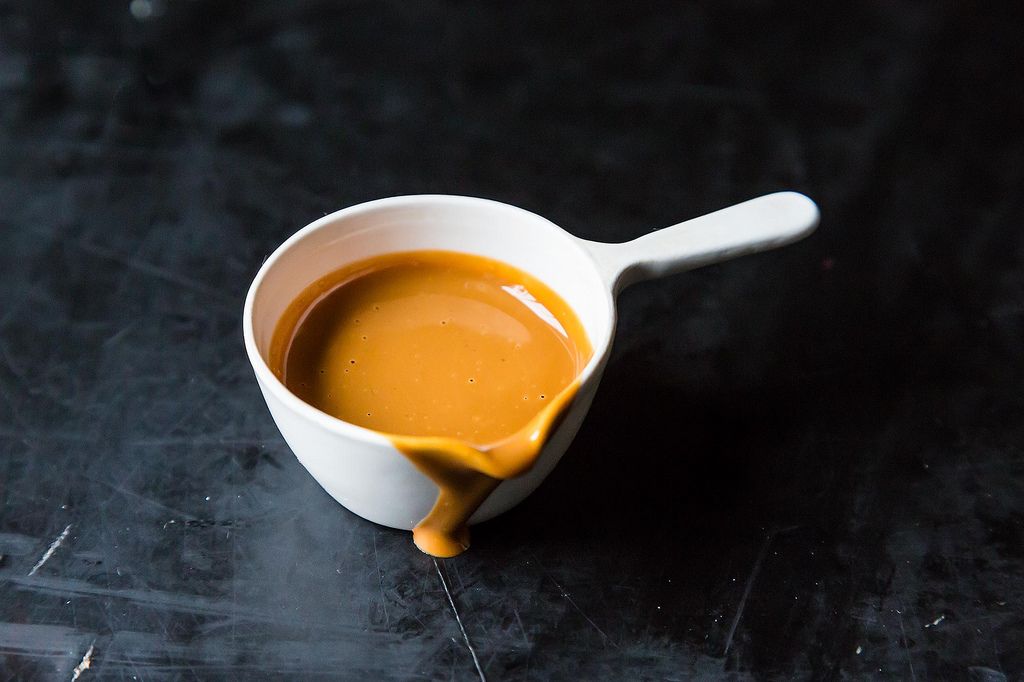
White chocolate fans are a lonely, quiet bunch. But they're about to get some new recruits. Like you. And even you over there, with the Scotch truffle in your mouth.
Most of us have spent the past two decades forgetting the white chocolate wave of the '80s, which eventually begat the Hug, and an unpleasant macadamia nut cookie scent drifting though our malls.
There was also the persistent rumor that white chocolate isn't really chocolate, because it only contains the butter, not the solids from the cacao bean. (Until they legitimized the term "white chocolate" in 2002, the FDA wasn't helping.) But this is a little like saying pork tenderloin isn't really pork.
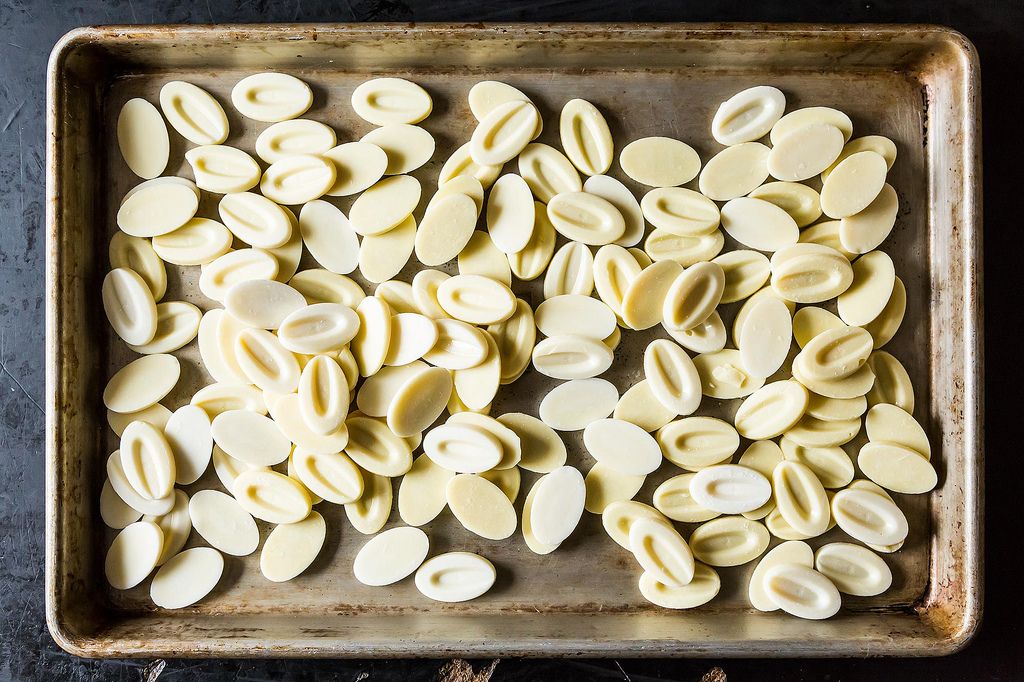
Matched against the brute appeal of a salty dark chocolate bar or a cookie heavy with bittersweet chips, scrawny, milked-up white chocolate never really had a chance. But it can do something miraculous that dark chocolate never could.
Here's the thing: Past that pale, sweet exterior lie three ingredients with a lot of potential -- sugar, milk, and fat (in the form of cocoa butter). What happens when you expose these to enough heat? The sugars toast and you get caramel.
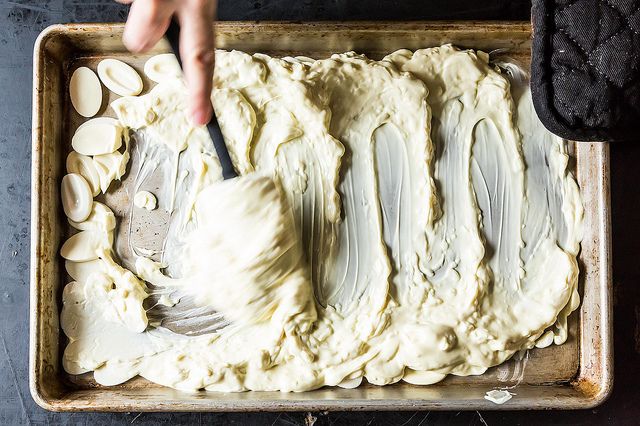
This simple alchemy was harnessed at L'Ecole du Grand Chocolat Valrhona (a.k.a. Valrhona Chocolate School). Bloggers and chefs like David Lebovitz, Ideas in Food, and Bill Corbett learned the technique through them and have since spread the gospel.
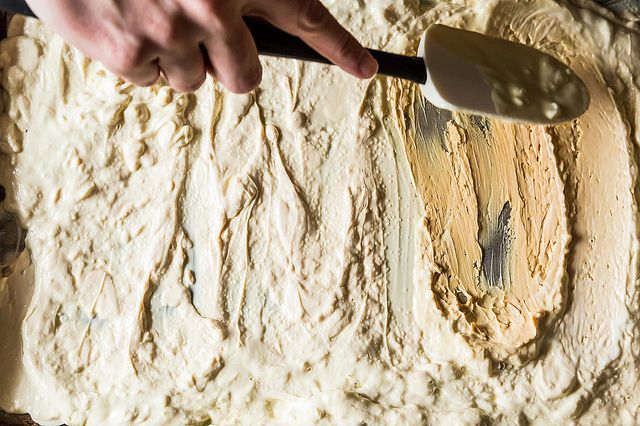
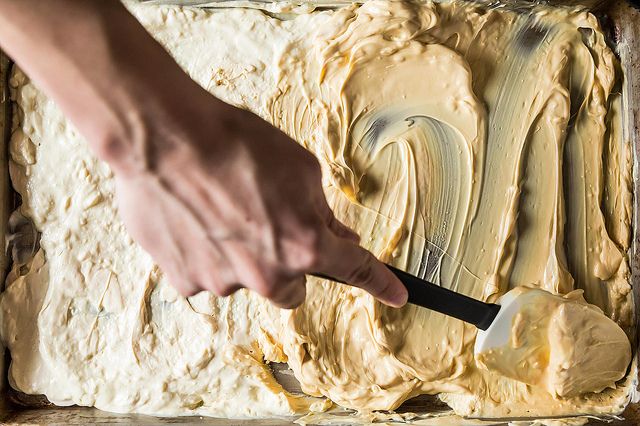
Essentially, you roast white chocolate at a low temperature (266 degrees F), for about 45 minutes, stirring and swooping it around every 5 to 10 minutes. Then you salt it.
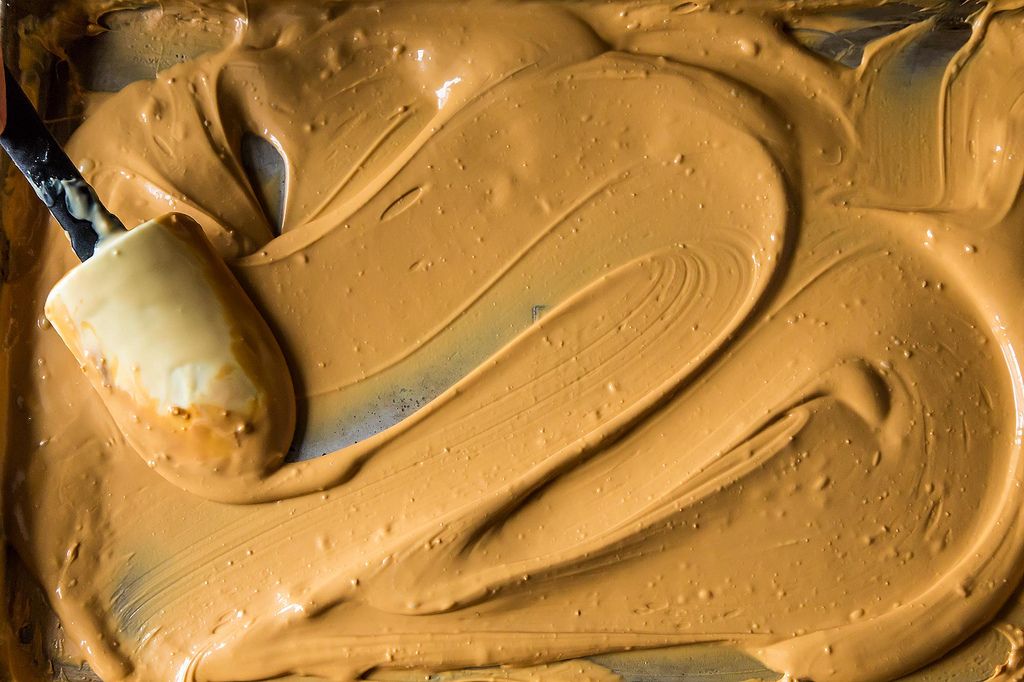
What it turns into, some call the "Toffee of Milk". Just like other chocolate, it's liquid when warm, solid when cool.
It borrows from dulce de leche with hints of cocoa flavor and, maybe most distinctively, rounded chocolate texture. As Food52er Rivka, who tipped me off to the technique, said, "It's one of the most delicious chocolate substances I've ever tasted."
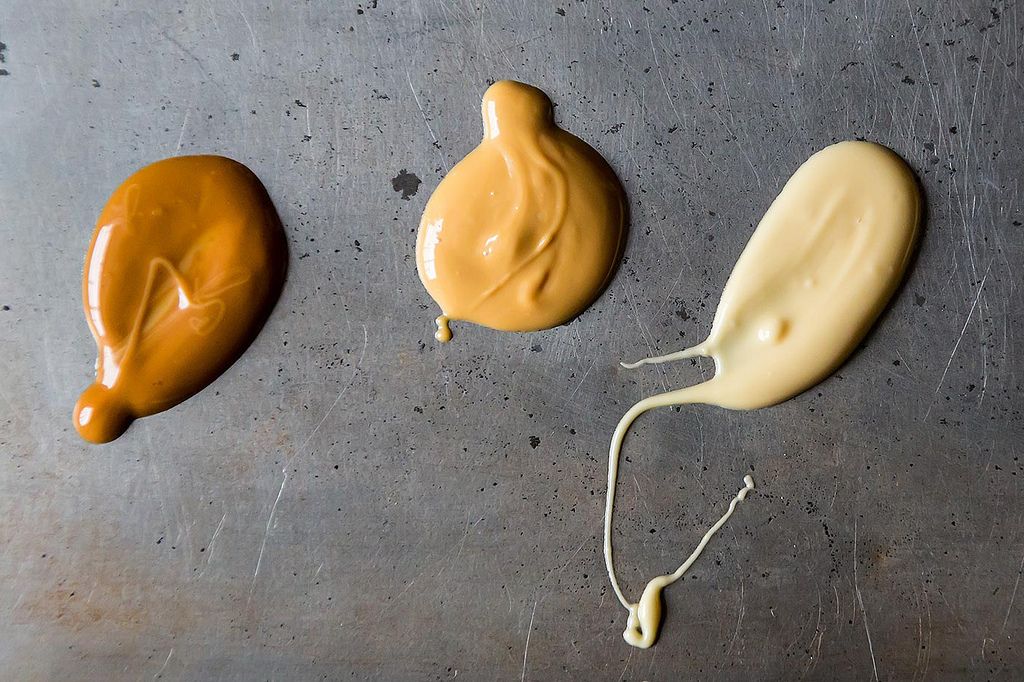
The cocoa butter proportion matters -- the higher it is, the more willingly melty it gets. We used 34% Valrhona Ivoire Fêves, but if yours is 30% and looks a little stiffer than ours, that's okay -- just stir it often and watch it closely. Once it's the color you like, pour it into a jar and re-warm it whenever you want to get jiggy.
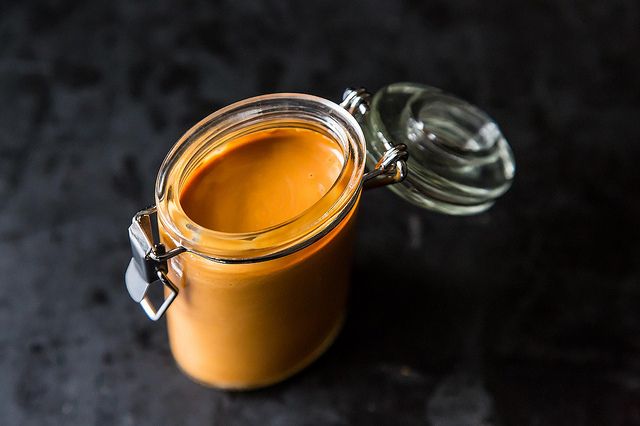
If you take it too far and it seizes into crumbles, don't panic. It is completely salvageable and, in fact, I think it's a handier form to keep around. Not only can you force it to become completely smooth with the aid of a blender or a fine mesh strainer, you can also freely toss handfuls into cookies or scones, brownies or banana bread. And into your own mouth.
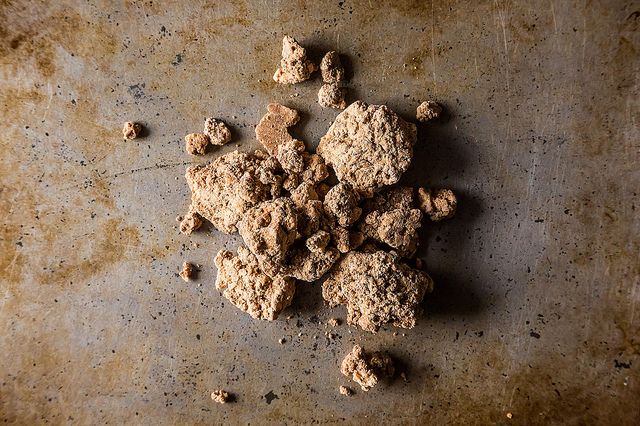
See below for three of the simplest ways to use the stuff, but there are countless others. (Our Head Recipe Tester Stephanie Bourgeois turned hers into ice cream, mousse, cookies, pots de creme, and three types of ganache -- all in one night.)
For Valentine's Day, I can promise these three desserts have all the allure and heady depth of a dark chocolate mousse. And maybe even more, because your date won't see them coming.
1. Hot (Caramelized White) Chocolate
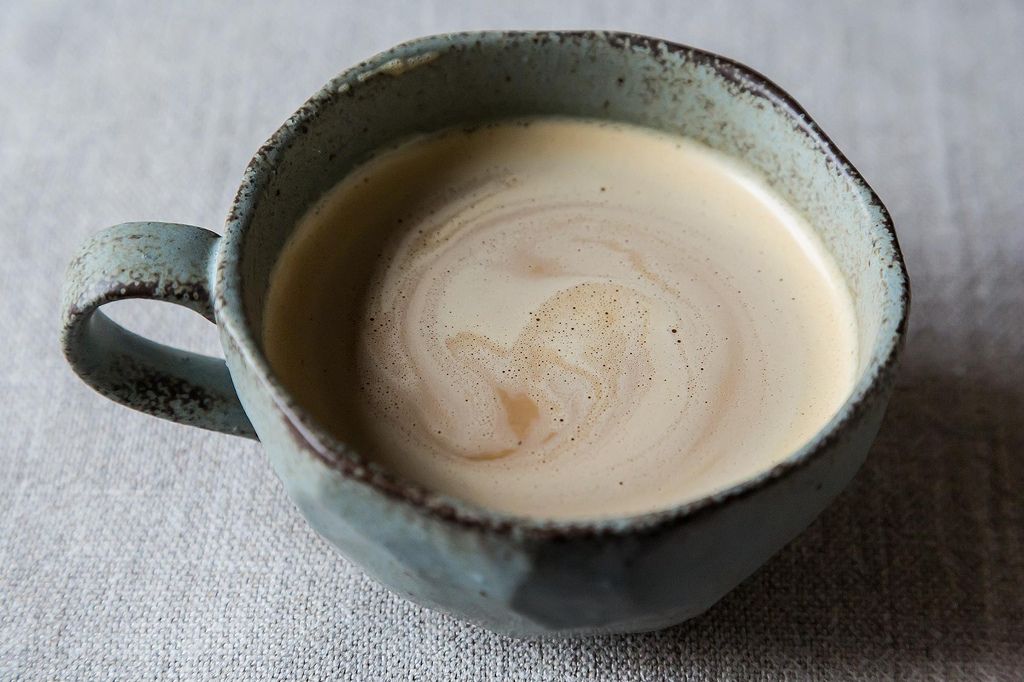
Heat up milk (maybe with a little cream), pour over caramelized white chocolate chunks (or crumbles) in a blender. Wait a minute for melting; blend. (See Ideas in Food's recipe if you'd like proportions.)
2. Ganache (between two cookies, for example).
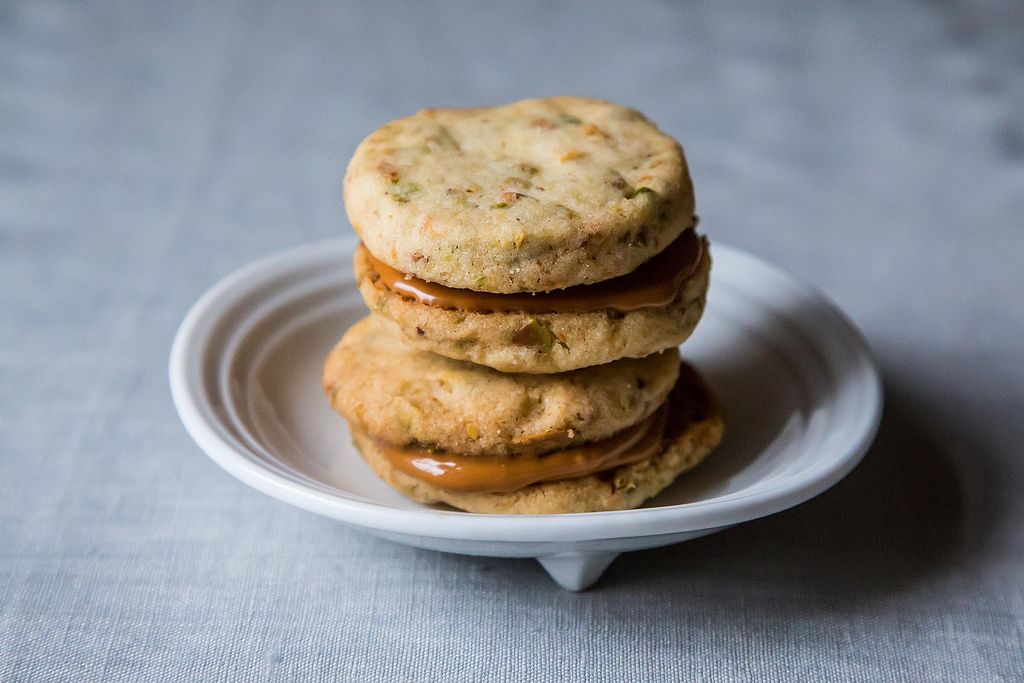
Whisk a little hot cream into caramelized white chocolate; smear between cookies.
3. Ice Cream Topping, Magic Shell-Style
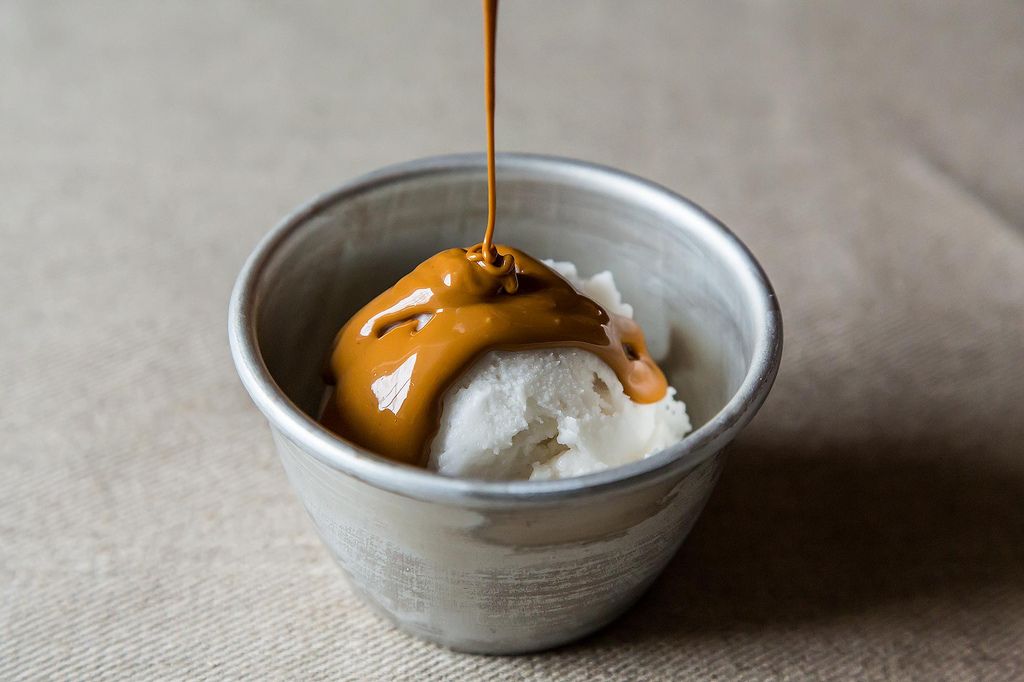
Warm up 8 ounces of caramelized white chocolate with a tablespoon of vegetable oil. Pour over ice cream. Bust through shell with spoon.
Valrhona's Caramelized White Chocolate
Recipe adapted from L'Ecole du Grand Chocolat Valrhona
Makes about 1 1/2 cups
1 pound white chocolate
Sea salt, to taste
See the full recipe (and save and print it) here.
Got a genius recipe to share -- from a classic cookbook, an online source, or anywhere, really? Please send it my way (and tell me what's so smart about it) at kristen@food52.com.
Photos by James Ransom
Even more ways to use it, from around the web:
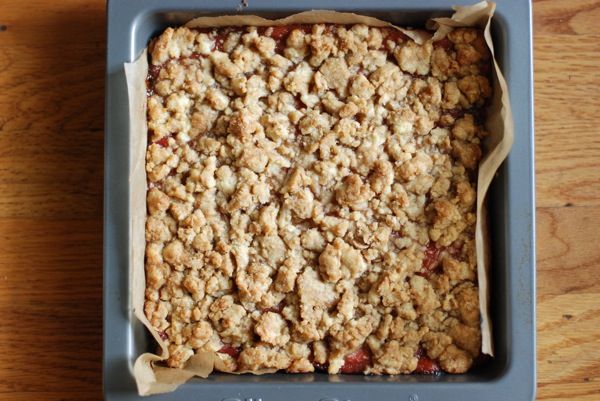
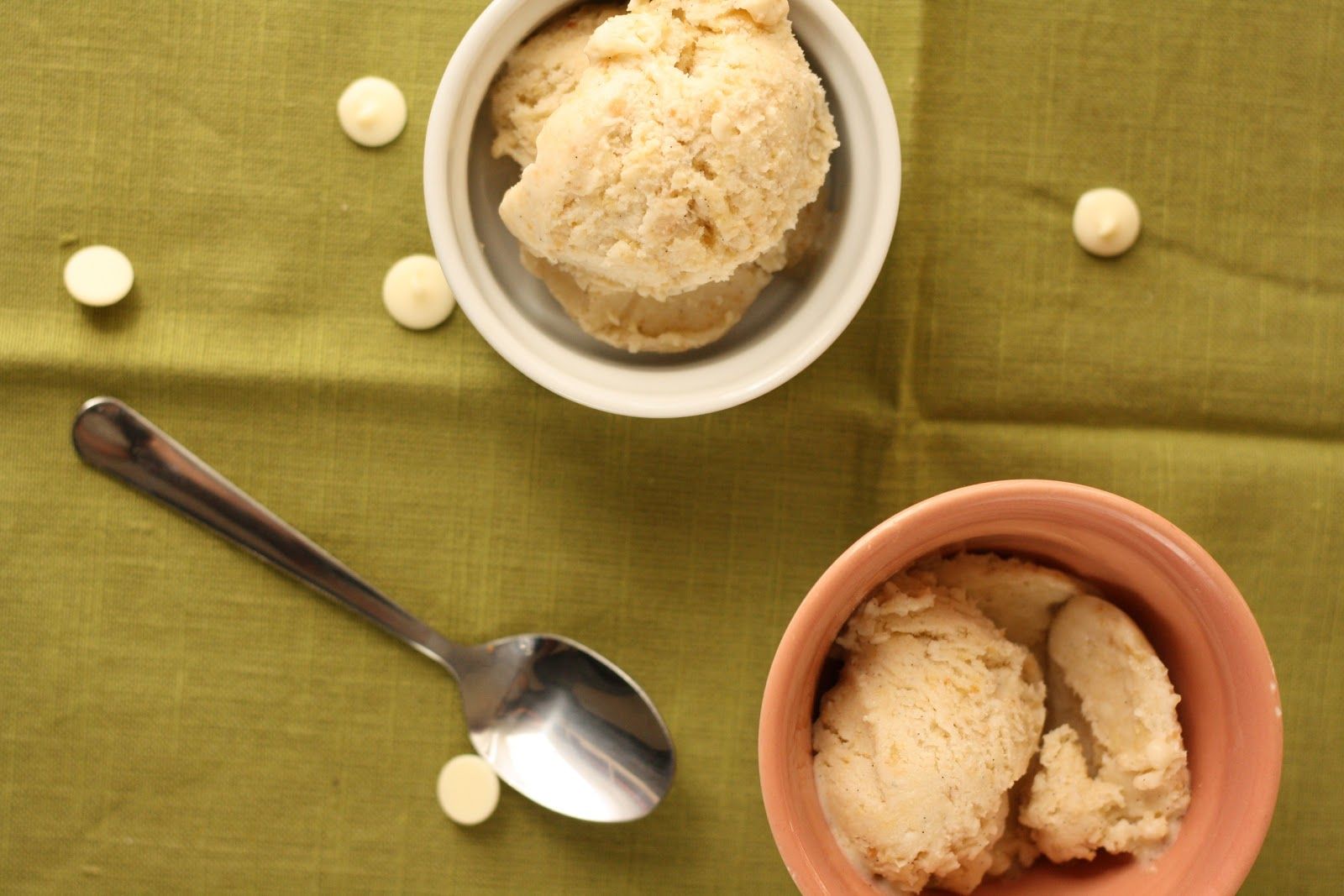
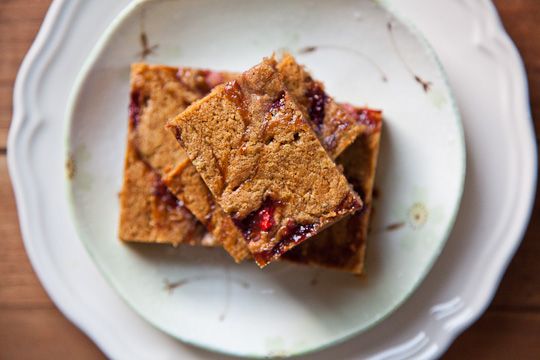

















See what other Food52 readers are saying.